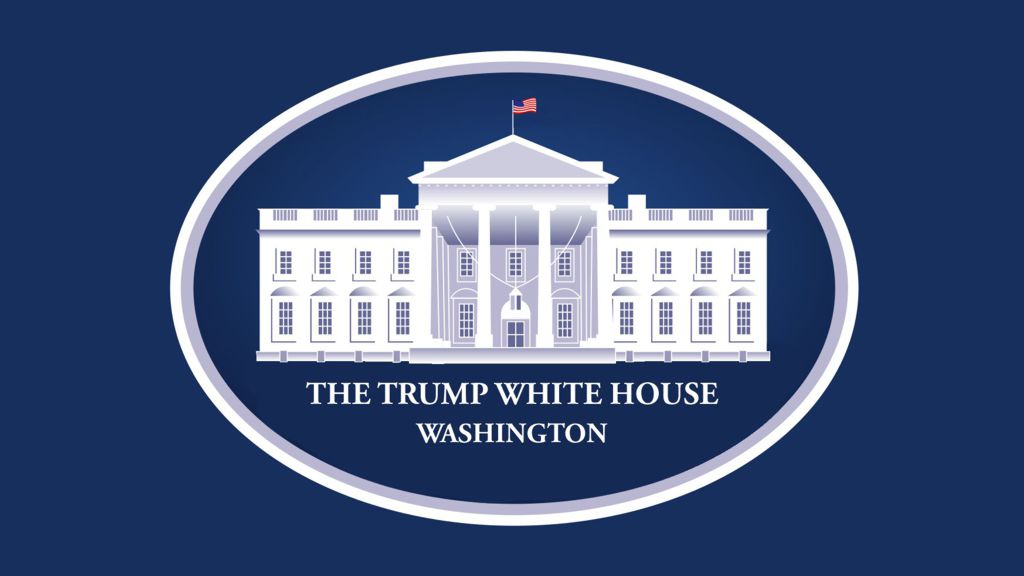By the authority vested in me as President by the Constitution and the laws of the United States of America, it is hereby ordered as follows:
Section 1. Purpose. As I declared in Executive Order 13855 of December 21, 2018 (Promoting Active Management of America’s Forests, Rangelands, and Other Federal Lands To Improve Conditions and Reduce Wildfire Risk), it is the policy of the United States to promote healthy and resilient forests, rangelands, and other Federal lands by actively managing them through partnerships with States, tribes, communities, non‑profit organizations, and the private sector.
Our Nation is home to hundreds of millions of acres of Federal, State, tribal, and private forests and woodlands, which produce tremendous positive economic and environmental effects throughout our country. Recreational and educational visits to National Forests make substantial contributions to our Nation’s physical and emotional health as well as to our gross domestic product, all while supporting thousands of full- and part-time jobs. Our Nation’s forests and woodlands provide valuable environmental benefits as well, including by serving as wildlife habitats and supporting air and water quality for all Americans. Forests and woodlands sequester atmospheric carbon, and according to the Forest Service, 180 million people in over 68,000 communities rely on our Nation’s forested watersheds to capture and filter their drinking water.
These facts demonstrate how our Nation has taken advantage of the tremendous economic and environmental benefits associated with tree growth and forestation. By advancing Federal policies conducive to these practices, under my leadership, the United States has promoted greater use of nature-based solutions to address global challenges.
On January 21, 2020, I announced that to further protect the environment, the United States would be joining the World Economic Forum’s One Trillion Trees initiative (Initiative), an ambitious global effort to grow and conserve one trillion trees worldwide by 2030. Following through on my commitment, and given the expansive footprint of our Federal forests and woodlands, this order initiates the formation of the United States One Trillion Trees Interagency Council to further the Federal Government’s contribution to the global effort.
Sec. 2. United States One Trillion Trees Interagency Council. There is hereby established a United States One Trillion Trees Interagency Council (Council). The Council shall be charged with developing, coordinating, and promoting Federal Government interactions with the Initiative with respect to tree growing, restoration, and conservation, and with coordinating with key stakeholders to help advance the Initiative. The Council shall remain independent from the Initiative.
The Council shall be co-chaired by the Secretary of the Interior and the Secretary of Agriculture, or by their designees (Co-Chairs). The Assistant to the President for Economic Policy and the Assistant to the President and Deputy Chief of Staff for Policy Coordination, or their designees, shall serve as Vice Chairs.
(a) Membership. In addition to the Co-Chairs and Vice Chairs, the Council shall consist of the following officials or their designees:
(i) the Secretary of State;
(ii) the Secretary of the Treasury;
(iii) the Secretary of Defense;
(iv) the Secretary of Commerce;
(v) the Secretary of Labor;
(vi) the Secretary of Housing and Urban Development;
(vii) the Secretary of Transportation;
(viii) the Secretary of Energy;
(ix) the Secretary of Education;
(x) the Administrator of the Environmental Protection Agency;
(xi) the Director of the Office of Management and Budget;
(xii) the Senior Advisor to the President;
(xiii) the Advisor to the President and Director of the Office of Economic Initiatives and Entrepreneurship;
(xiv) the Assistant to the President for Domestic Policy;
(xv) the Chairman of the Council on Environmental Quality;
(xvi) the Director of the Office of Science and Technology Policy;
(xvii) the Administrator of the United States Agency for International Development;
(xviii) the Assistant to the President and Director of Intergovernmental Affairs;
(xix) the Assistant Secretary of the Army (Civil Works); and
(xx) the heads of such other executive departments and Federal land management agencies (agencies) and offices as the President, Co-Chairs, or Vice Chairs may, from time to time, designate or invite, as appropriate.
(b) Administration. The Co-Chairs, in consultation with the Vice Chairs, shall convene meetings of the Council and direct its work. The Co-Chairs shall keep the Council apprised of all Federal efforts related to the subject of this order. The Co-Chairs and members of the Council shall also coordinate with the Vice Chairs on communications with the Initiative and related parties regarding any Federal Government interactions with the Initiative.
Sec. 3. Agency Roles and Responsibilities. All members of the Council who are heads of agencies shall:
(a) include Council-related activities within their respective strategic planning processes; and
(b) provide to the Co-Chairs, Vice Chairs, and the Director of the Office of Management and Budget, pursuant to the Council protocol established under section 4(e) of this order, regular progress reports on their respective agencies’ activities, if any, relating to the growth, restoration, and conservation of trees.
Sec. 4. Council Mission and Functions. The mission of the Council shall be to promote an increase in Federal Government activities and other national efforts that further the Initiative by growing, restoring, and conserving trees. The Council shall:
(a) develop and implement a strategy that includes a methodology that the Federal Government will use to track and measure any Federal activities related to the Initiative, specifically with respect to trees grown, restored, and conserved;
(b) identify statutory, regulatory, and other limitations that inhibit the Federal Government from taking additional actions in furtherance of the Initiative, and recommend potential administrative and legislative actions to remedy such limitations;
(c) identify opportunities to use existing authorities and existing or future authorized and appropriated funds to promote efforts to protect and restore trees, and to promote the active management of existing Federal lands to facilitate growth, restoration, and conservation of trees;
(d) inform State, local, and tribal officials of Federal efforts to protect, grow, and actively manage forests and woodlands on Federal lands; and
(e) establish a protocol for the submission by members of the Council who are heads of agencies of regular progress reports to the Co-Chairs, Vice Chairs, and the Director of the Office of Management and Budget on the activities, if any, of these members’ respective agencies relating to the growth, restoration, and conservation of trees.
Sec. 5. Termination. The Council shall terminate on December 31, 2030.
Sec. 6. General Provisions. (a) Nothing in this order shall be construed to impair or otherwise affect:
(i) the authority granted by law to an executive department or agency, or the head thereof; or
(ii) the functions of the Director of the Office of Management and Budget relating to budgetary, administrative, or legislative proposals.
(b) This order shall be implemented consistent with applicable law and subject to the availability of appropriations.
(c) This order is not intended to, and does not, create any right or benefit, substantive or procedural, enforceable at law or in equity by any party against the United States, its departments, agencies, or entities, its officers, employees, or agents, or any other person.
DONALD J. TRUMP
THE WHITE HOUSE,
October 13, 2020.






